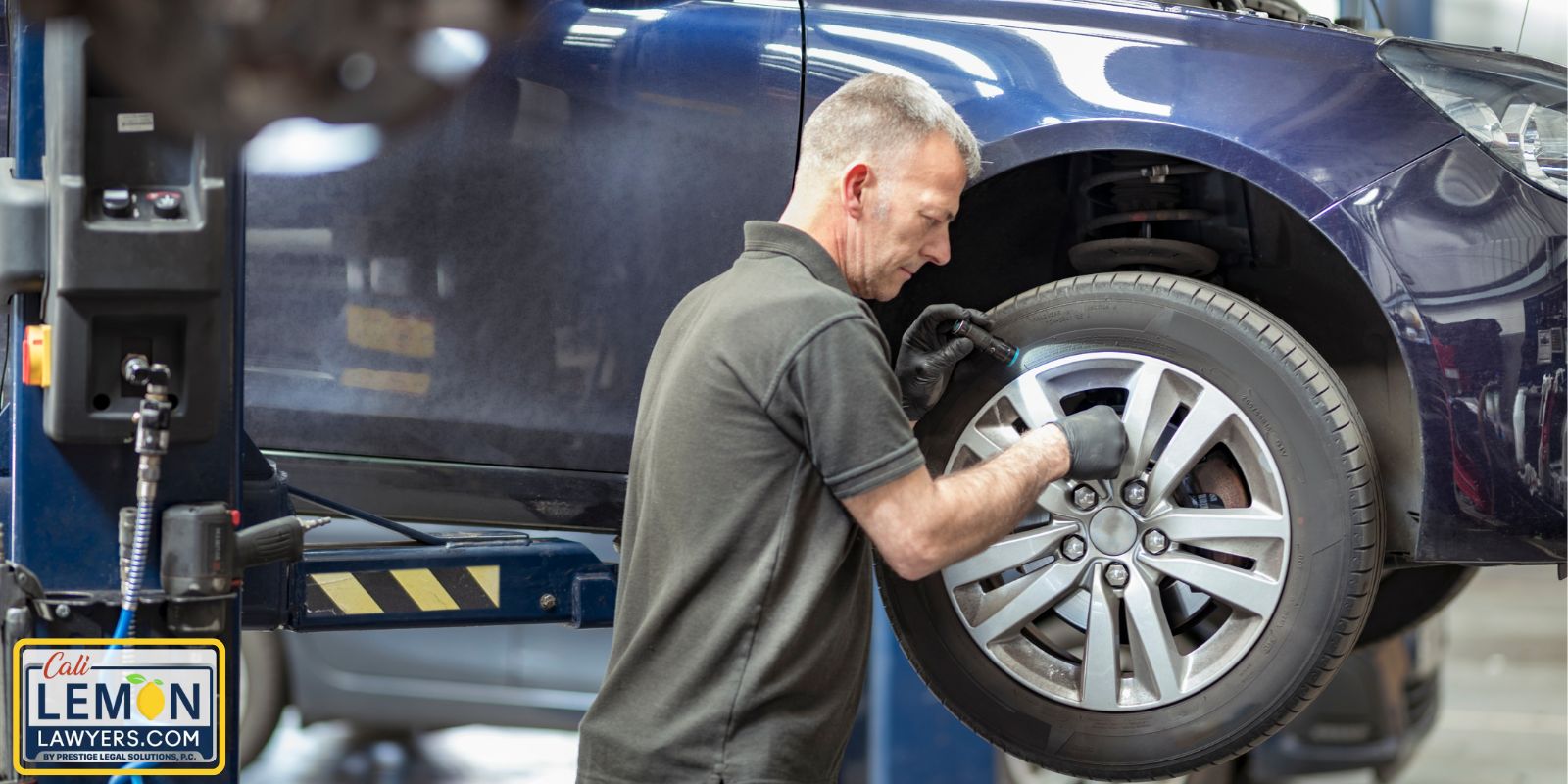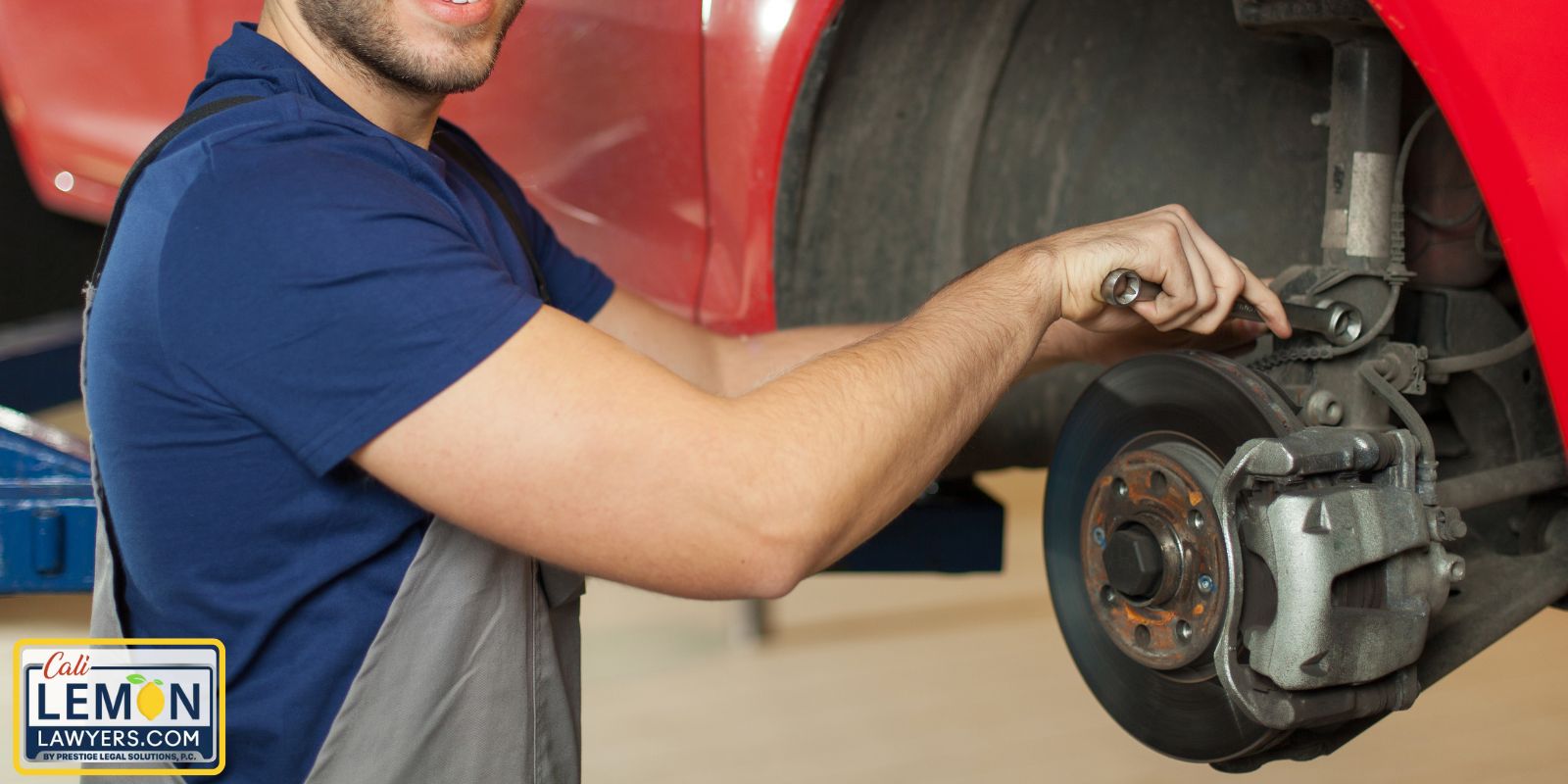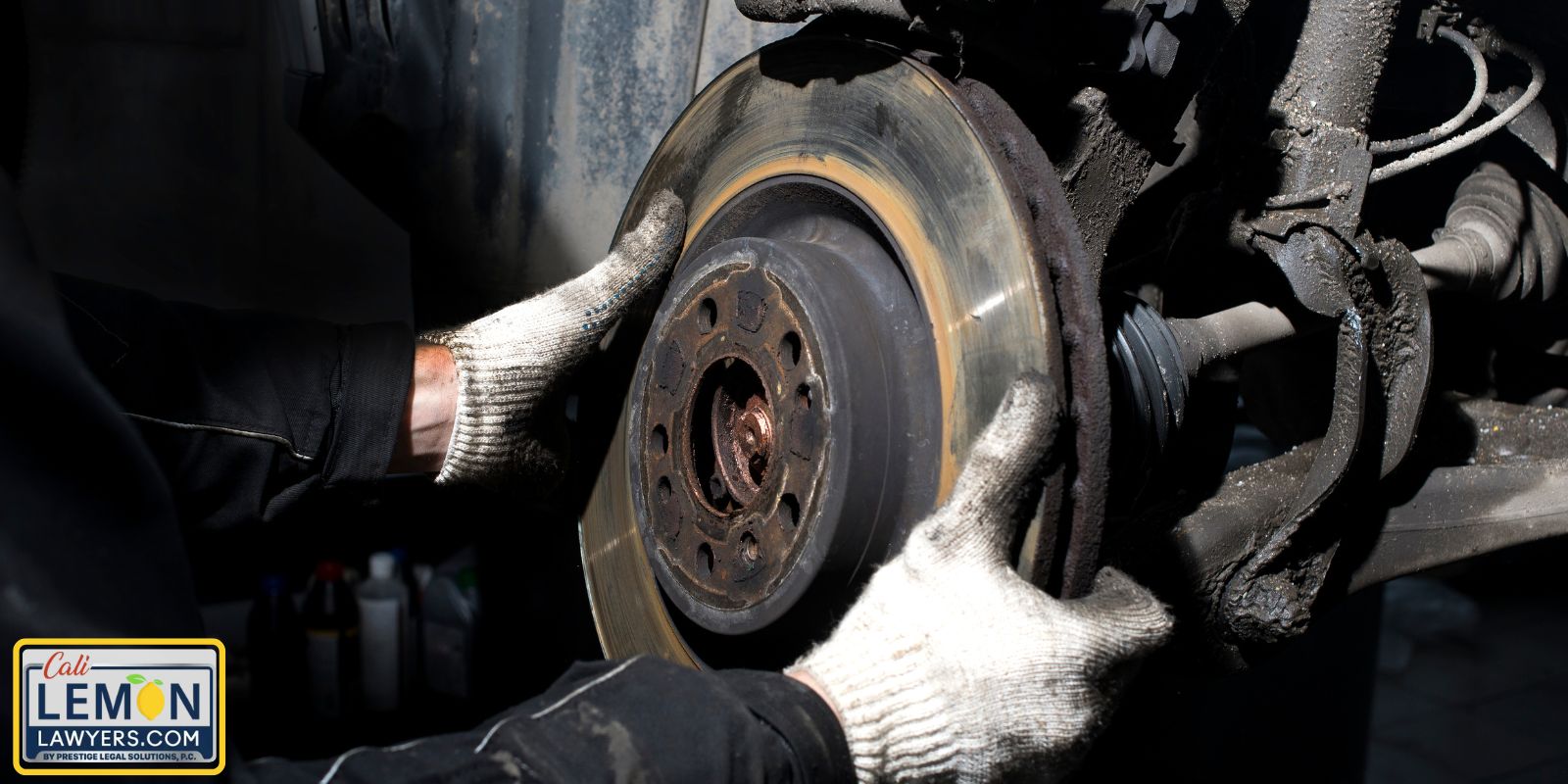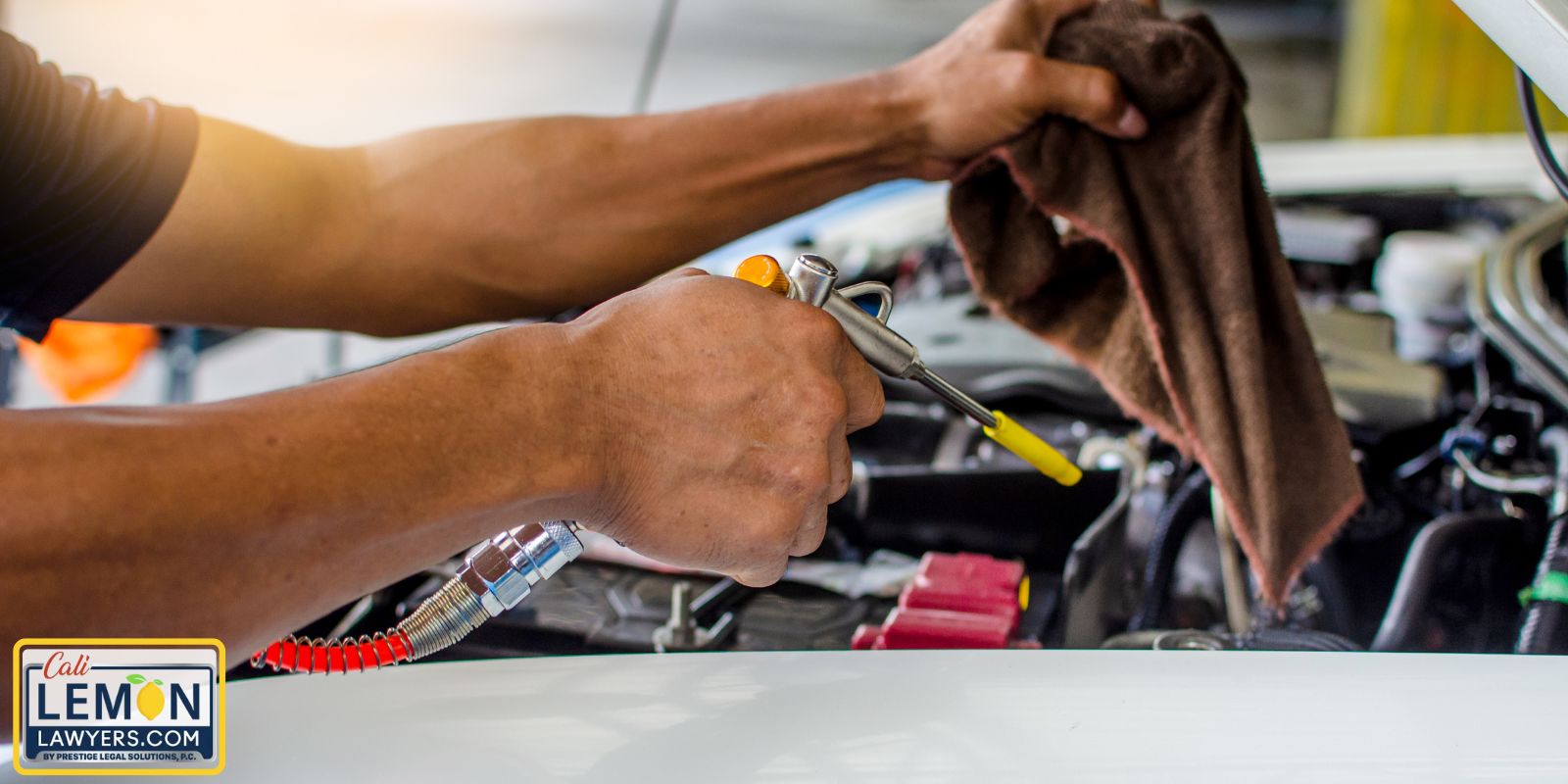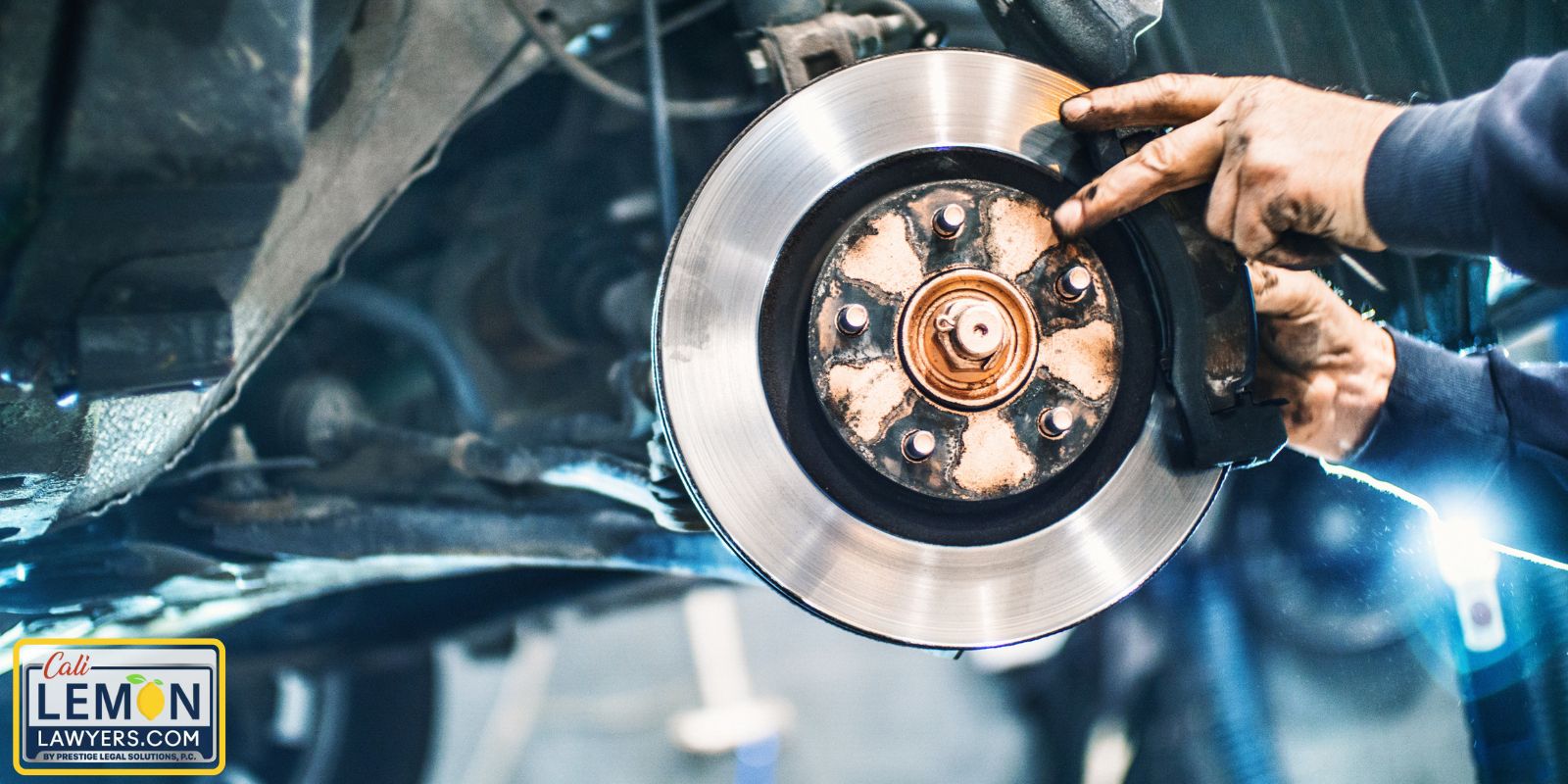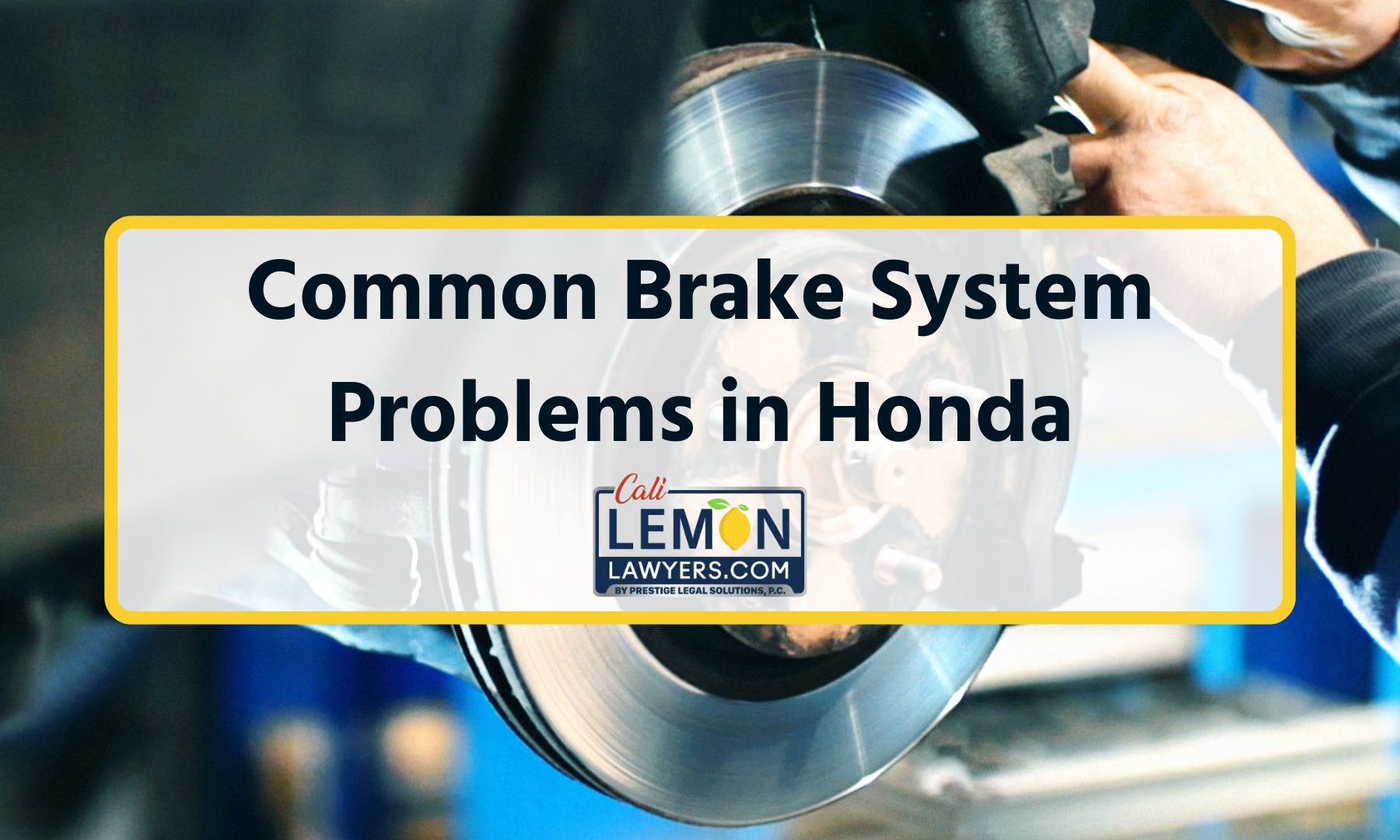
How to Solve Common Brake System Problems in Honda
Regardless of the engine performance and efficiency of a vehicle, it’s a death trap and shouldn’t be on the road if you’re not safe while driving it. The brake system is one of the most vital components of a vehicle that help ensures your safety. Brakes help you slow down or stop your vehicle when necessary. Hence, car manufacturers who prioritize users’ safety must integrate a healthy brake system in their vehicles.
Reputable for reliability and performance, Honda has consistently produced vehicles with high-quality components, including the brake system. Many Honda owners, however, complain of certain brake problems due to issues ranging from regular use to manufacturer’s oversight.
In this article, you’ll learn about the basics of the Honda brake system, common brake system problem, Honda brake system recalls, and tips for maintaining the health of your brake system.
Basics of the Honda Brake System
The Honda brake system consists of various components working together to ensure effective braking performance. Some of these components include:
Brake Disc
Also known as brake rotors, the brake disc is a flat metal plate attached to each wheel. When you apply the brake, the brake pad presses against the brake disc to create friction, which slows down or stops the rotation of the wheel.
Brake Pads
These are flat plates with a thick layer of high friction material. They’re positioned on either side of the brake and held in place by the caliper. The brake pad usually presses against the brake disc to create the friction necessary for slowing down the wheel.
Calipers
The caliper is a metallic housing for the brake pad. They contain a piston which presses against the brake pads when you apply the hydraulic pressure, causing the pads to clamp onto the disc.
Brake Lines
Also called brake hoses, the brake lines carry the hydraulic fluid from the master cylinder to the caliper. They’re usually flexible and are made from reinforced rubber or metal-braided material to withstand high pressures.
Master Cylinder
The master cylinder is the central component of the brake system. It converts the mechanical force from the brake pedal into hydraulic pressure. When you apply the brake, it forces the piston inside the master cylinder to push the hydraulic fluid through the brake lines to the caliper.
Brake Fluid
This is a hydraulic fluid used to transfer pressure from the master cylinder to the calipers. It’s designed to be compatible with all the brake components and to maintain its thickness at various temperatures, ensuring effective brake performance in all conditions.
When you pedal on the brake, the master cylinder transfers the hydraulic fluid through the brake lines, applying heavy pressure on the caliper. This pressure causes the caliper to move along the slide pin which pulls the brake pads against the disc, causing the wheel to decelerate.
Common Brake System Problems in Honda
Honda, like any other vehicle brand, may develop a brake system problem. Some of the common brake problems you may experience as a Honda owner includes:
Worn Brake Pads
Your Honda brake pads may wear out over time due to regular use, aggressive driving, or inferior brake pad materials. A common sign of worn brake pads is the squealing sound you hear when you apply the brake. This sound occurs when the metal plate holding the pad material is pressed against the disc rotor.
Moreover, a worn brake pad cannot produce enough friction with the brake disc, causing a long stopping distance. When the brake pad or some side of it is worn out completely, you may experience a vibration when you apply the brake. However, you don’t have to wait for these signs to happen as they pose accident risks.
Monitor your brake pads regularly, especially after a long distance drive. Most Honda vehicles have spacious wheels that allow you to inspect the brake pad. If the brake pad is thin, replace them with new ones immediately. Note that you should replace both brake pads of all the tires, even if some of them are not worn out yet, to ensure even braking performance.
Warped Brake Discs
Honda vehicles tend to develop warped brake discs due to various reasons including:
- Overheating
- Uneven torque when installing the wheels
- Manufacturing defects
- Aggressive driving
- Driving on rough roads
- Rapid cooling which usually happens when you drive through water after braking hard.
A common sign of a warped brake disc is that it shakes the steering or even causes the vehicle to vibrate when you match the brake. Also, it may cause uneven wear on the brake pads.
Remove the wheels and check the brake disc to see if they’re uneven or have excessive runout. You may consider resurfacing the disc if the damage is minor. However, if the damage is significant, you should replace the disc.
Brake Fluid Leaks
Another common brake system issue in Honda vehicles is brake fluid leaks, which occurs due to damaged brake lines, worn seals in the master cylinder, or corroded brake components. Brake fluid leaks can provoke various signs like soft or spongy brake pedal and reduced brake performance as air enters the brake system through the leak. Also, the brake warning light on the dashboard may blink to signify you of the danger.
To diagnose brake fluid leaks, jack the vehicle up and check for leaks in the wheels and beneath the vehicle. If you can’t locate the leak, press the brake pedal repeatedly to force out the brake fluid through the leak.
Repairing the brake fluid leaks requires the service of a professional mechanic, particularly if the leak is coming from the master cylinder.
Master Cylinder Failure
Master cylinder failure can be dangerous, especially if it happens while you’re driving. When the master cylinder fails, the brake pedal may go completely to floor or work unevenly. Common causes of master cylinder failure include wear and tear or corrosion of the internal parts due to age, leading to loss of hydraulic pressure.
Also, contamination in the brake fluid and lack of periodic maintenance may lead to poor performance of the master cylinder.
Master cylinder failure does not require a DIY fix. Consult with a professional mechanic immediately. The mechanic will assess the condition of the cylinder to determine if it needs repair or replacement.
ABS (Anti-lock Braking System) Issues
The ABS is an anti-skidding component that helps you maintain control of the steering when braking hard. Without the ABS, the wheels may lock up when you apply brake, as the brake pads press against the wheel. Depending on the speed of the vehicle, you may lose control of the steering when this happens, and the vehicle may skid due to high momentum.
When the ABS develops an issue, the ABS warning light on the dashboard may turn on. Also, your brake performance would reduce, especially in slippery conditions, and the vehicle may skid as a result of brake lock-up during hard braking.
One of the major causes of the ABS issue is faulty wheel sensors. When the wheel sensor becomes contaminated due to debris or metal shavings, the sensor may not be able to provide feedback to the ABS, causing it to malfunction. Also, the ABS may malfunction due to damaged ABS pumps and system faults such as wiring issues or faulty control modules.
To diagnose and fix the ABS issue, inspect the wheel sensors for any sign of damage, corrosion, or loose connections. Preferably, take your vehicle to a Honda professional to diagnose and fix your vehicle’s ABS malfunctions.
Electric Parking Brake (EPB) Issues
Modern Honda vehicles, such as the Honda CR-V Hybrid, feature an electric parking brake (EPB) system. The EPB replaces the traditional, hand-controlled parking brake lever with an electronic parking brake system, often operated with a parking brake button.. Although EPBs offer convenience and additional safety features, they can also develop issues over time. Here are some common issues with the electronic parking brake system in Honda cars.
- Warning Lights on the dashboard to indicate that there’s an electric brake system problem
- The EPB not engaging or releasing when activated due to electrical or mechanical issues
- Low Battery Voltage due to weak car battery, low voltage or even dead battery
- Software or calibration errors
- Mechanical Failure due to wearing out of components such as the actuator or brake calipers
Honda-specific Brake System Recalls and Controversies
In July 2023, Honda recalled more than 120,000 vehicles over faulty brake components that could lead to possible failure. The recall consists of cars from popular models including 2020-2021 Civic, 2020-2023 Ridgelines, 2021-2023 Passports, 2021-2022 Pilots, and 2020 Acura MDX. Owners of these recalled vehicles will be able to inspect and repair them for free if necessary.
Also, in 2013, Honda issued a worldwide recall for a faulty brake shift interlock mechanism that may not function efficiently in subzero temperatures. The recalled vehicles include 183,000 Honda CR-Vs from the 2012 -2013 model, 59,000 Odyssey from the 2012-2013 model, and 17,000 Acura RDX from 2013 models.
Recalls can cause reputational damage and financial losses for brands, and Honda is not an exception. For example, the ADR (American depository receipts) of Honda Motors fell by 5% after the company recalled 1.2 million vehicles for potential rearview camera problems. Safety-related recalls undermine public confidence in the brand, leading to low sales.
In response to the recall issues, Honda Motors has assured the public of their priority for ensuring the safety of their products, and made all safety recall repairs free at authorized Honda dealerships.
Tips for Honda Owners to Maintain Brake System Health
1. Carry Out Regular Inspection
To ensure optimal brake and general performance of your vehicle, you must inspect the brake components and other vital parts regularly, especially in the morning before you drive out.
Check your brake pads, discs, and calipers, for signs of wear and tear. Check the hydraulic fluid level to ensure it’s optimal. Also, pay attention to any unusual sound or vibration while braking, as this may indicate a possible brake issue.
2. Change Brake Fluid Periodically
The efficiency of the brake fluid changes over time due to regular use and contamination with debris and moisture. So, you should change the brake fluid according to the manufacturer’s recommendation or generally, after 30,000 to 45,000 miles.
During the brake fluid change, you flush out the old fluid, removing the contaminants, and replace it with fresh ones. Note that you should contact a professional mechanic to help you change the brake fluid.
3. Drive Responsibly
Irresponsible driving puts you at the risk of accidents, and also deteriorates the performance of the vital components of your car, including the brake systems. When you brake suddenly, you add undue stress on the brake pads and the rotors, causing excessive heat and overtime, reducing the brake performance.
Stop speeding excessively to reduce the need for sudden stops. Learn to apply brakes gradually to ensure even distribution of the braking force. This will minimize strain on the brake, promoting the longevity and health of your brake system.
4. Purchase Quality Replacement Parts
Use the OEM brake parts as they’re specifically designed specifically for Honda vehicles and meets Honda’s performance and safety standards. You may also consider replacing your brake components with high-quality aftermarket parts. Never give in to the allure of cheap substandard brake parts, as they may fail you anytime.
5. Stay Informed
Stay updated on recalls and updates from Honda to ensure you address any potential brake problem promptly. In the case of recall, take you vehicle to authorized Honda dealership for free inspections and repairs.
Conclusion
A well-functioning brake system ensures your safety, as it help you slow down or stop your vehicle where necessary. Despite the occasional problems, Honda is one of the vehicle brands known for its reliability and high quality components including the brakes. So, you must inspect your vehicle and observe regular maintenance routines to ensure longevity and health of your brake system.
However, if you encounter consistent brake system issues with your Honda car, it’s possible your car is a lemon. As a car owner in California, you can leverage the California Lemon Law to file a legal claim for a refund, replacement, or compensation. Contact our experienced lemon law experts at Cali Lemon Lawyers to guide you through the process.

